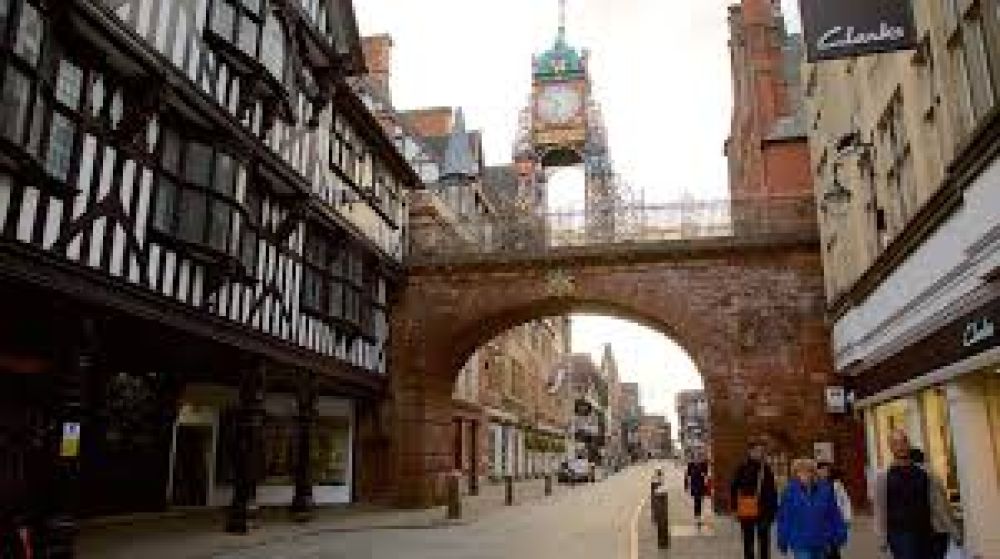

The city of Chester in the United Kingdom is home to one of the most iconic landmarks in the region, the Eastgate Clock. Renowned as one of the most photographed timepieces in the world, second only to Big Ben in London, the Eastgate Clock is a staple of Chester's historical charm and continues to be a significant draw for tourists globally.
The Eastgate Clock stands proudly atop the Eastgate, which is part of the ancient walls that encircle the core of Chester—walls that have stood since Roman times. The clock itself was erected in 1899 to commemorate the diamond jubilee of Queen Victoria two years prior. It was designed by a renowned architect, John Douglas, and has since become a beloved emblem of the city.
Historically, the allure of Chester and its clock has grown through the years. Originally visitors would arrive at the city by steam train, carriage, or riverboat. Chester's Eastgate Clock quickly became a must-see for these early tourists, who were often on the Grand Tour or Victorian holidaymakers seeking spa treatments at the nearby mineral springs.
In the twentieth century, the rise of the automobile and the improvement of roads brought a new wave of visitors, who could now more easily explore the hidden treasures of Chester and marvel at the precision of the Eastgate Clock. Post-war tourism saw a surge in local and international visitors alike, keen to experience British culture and history firsthand.
In recent years, tourism trends in Chester have evolved to include a wide range of experiences around the Eastgate Clock. Guided historical tours have gained popularity, allowing visitors to delve deeper into the clock's past. Meanwhile, the trend of experience-driven travel has led to an increase in interactive walking tours and themed excursions that bring the medieval city’s history to life.
Additionally, the ongoing fascination with Instagrammable sites has bolstered the stature of Eastgate Clock as tourists flock to capture their moments with the iconic backdrop. The proximity of modern amenities such as shopping centers, fine dining, and boutique accommodations right in the heart of Chester ensures that the Eastgate Clock remains at the center of the city's tourist map.
Looking forward, Chester continues to invest in its cultural heritage, ensuring that the Eastgate Clock, along with the city's other historic sites, is preserved and enhanced for future generations to enjoy. Initiatives such as pedestrian-friendly zones and the integration of modern technology with historical tours are making tourism around Eastgate Clock more accessible and engaging than ever before.
In conclusion, the Eastgate Clock is not just a sentinel of time but also a testament to Chester's evolving tourism industry. Its rich heritage and adaptability to contemporary trends make it a perennial favorite among tourists and an enduring symbol of the city’s character.